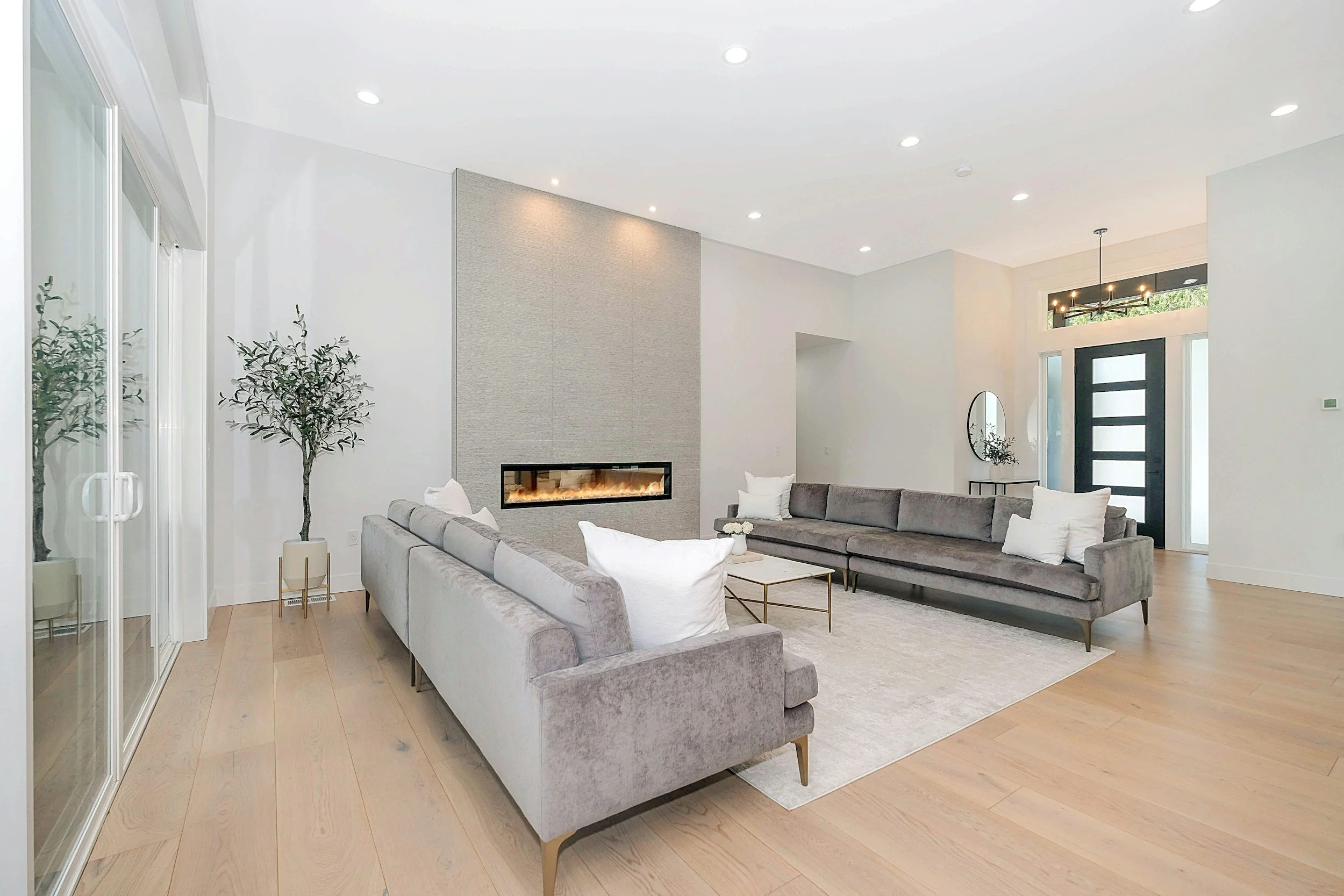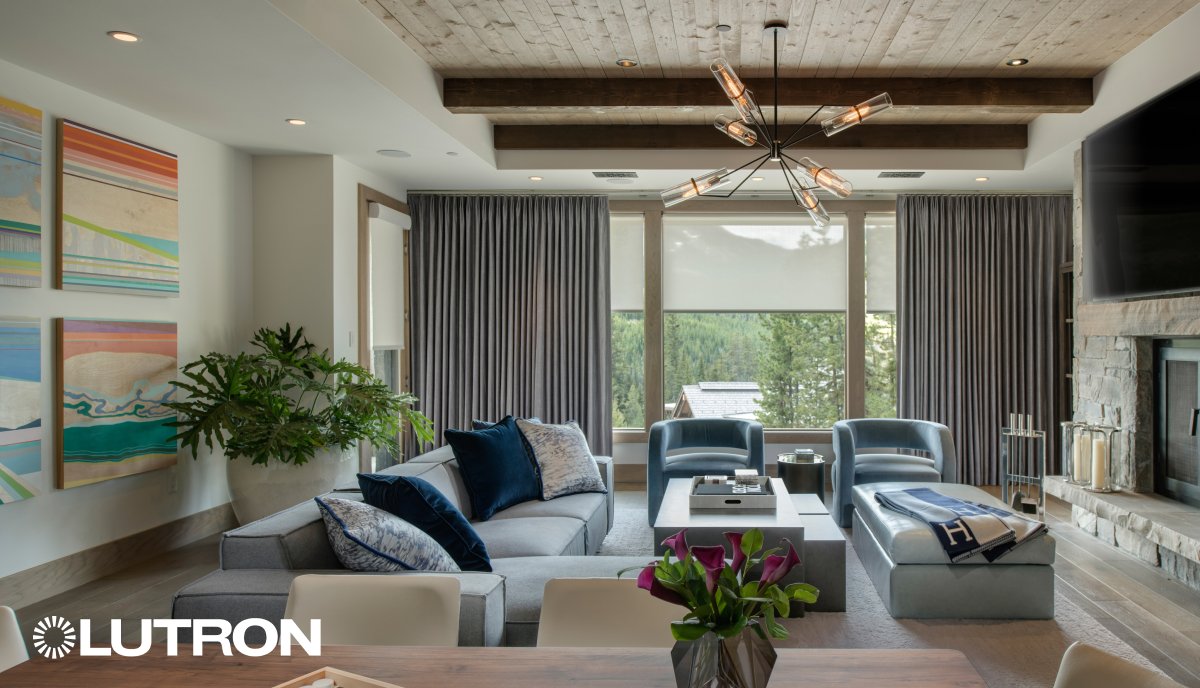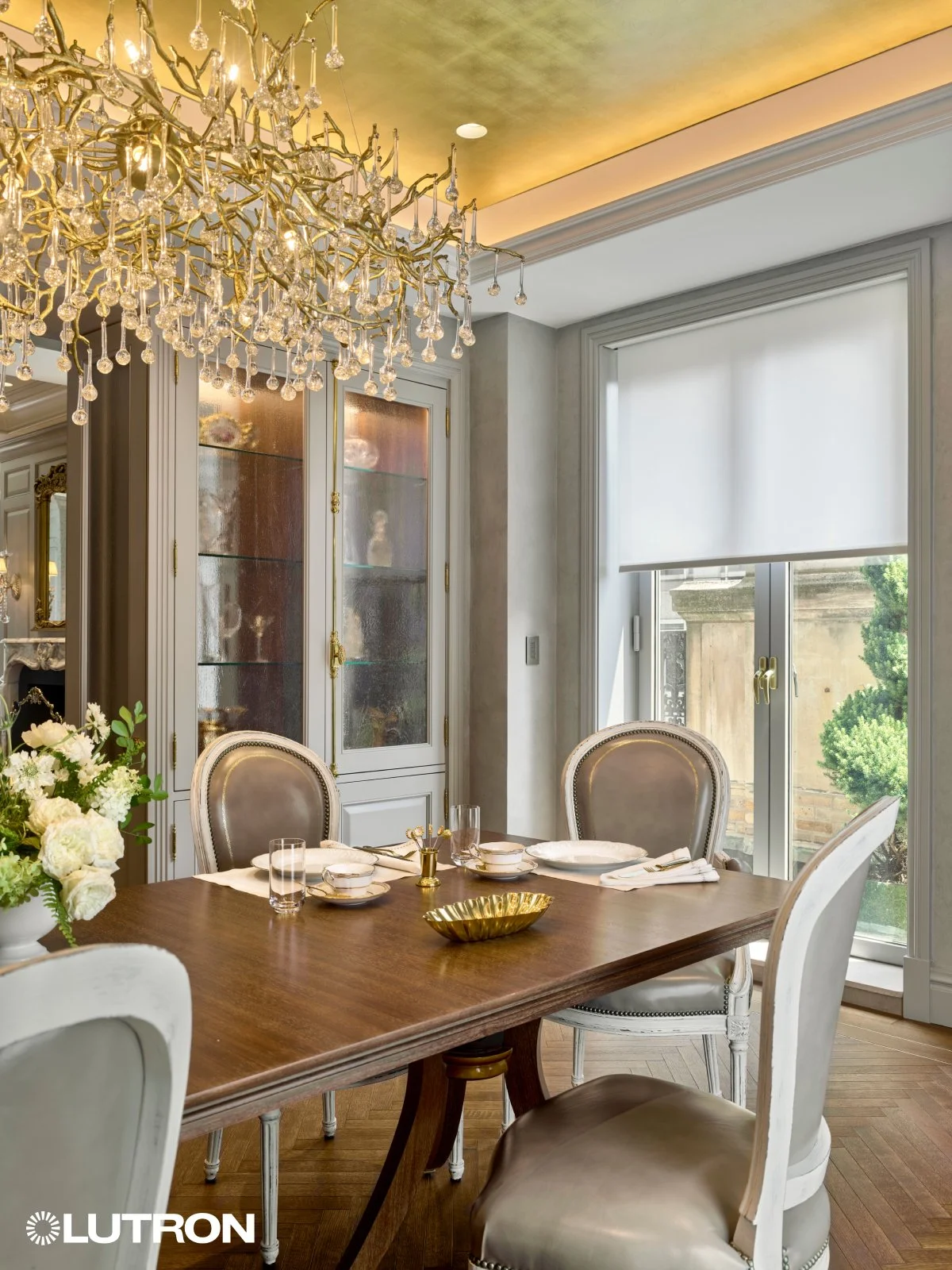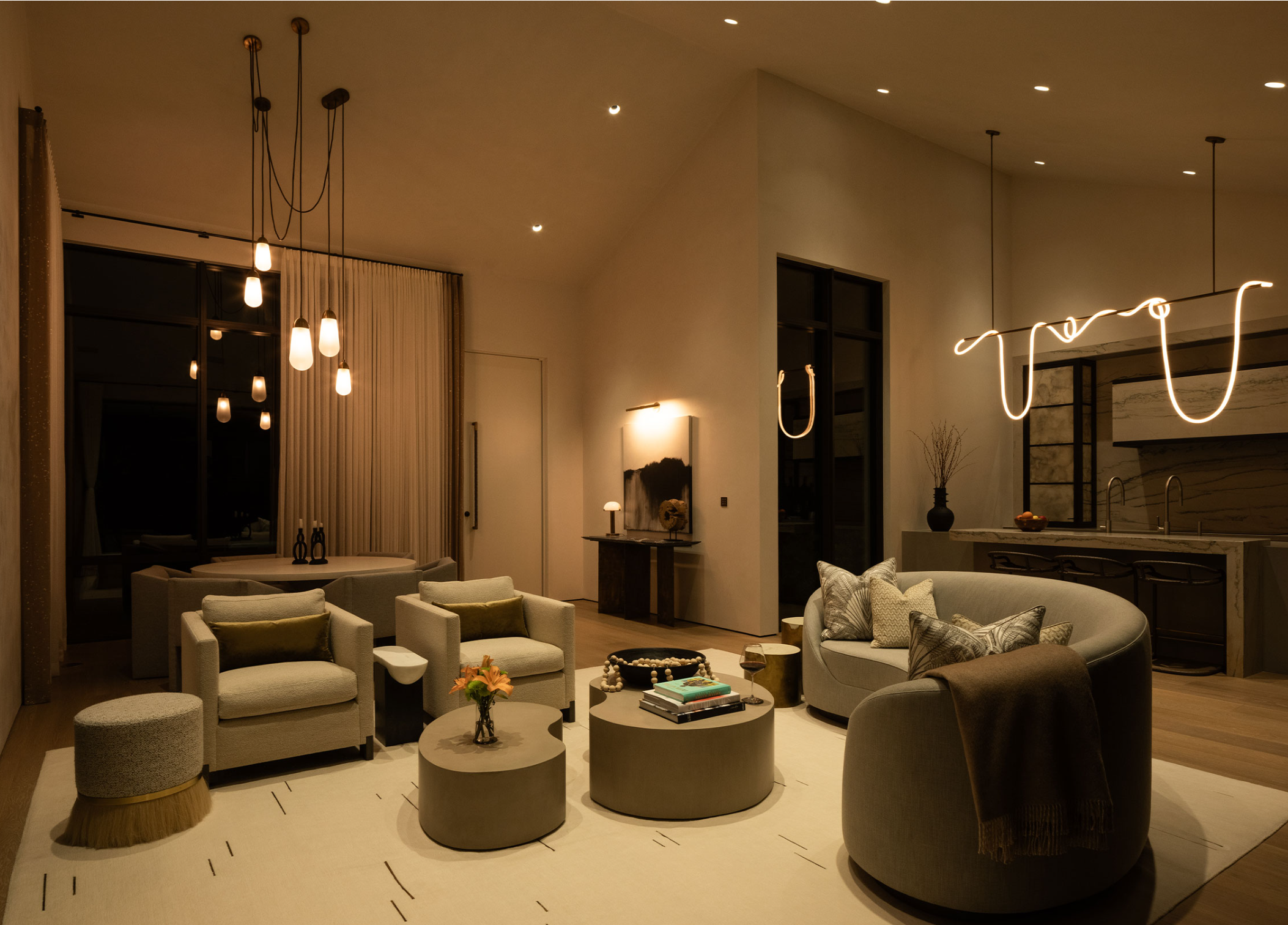
Projects featured in Annapolis Home Magazine and Architectural Digest
Explore Smart Lighting and Shading for your home.
Interior Designers and Electrical Contractors will give you a basic idea for your lighting plans, but a specialist lighting consultation will transform every lit room into a dynamic and entertaining environment.
Solutions
Smart Lighting Control
Smart lighting control lets homeowners automate and adjust lights using apps, voice commands, or sensors. It saves energy, adds convenience, and improves security by turning lights on and off based on schedules, motion, or natural light.
Smart Shading Control
Smart shading control lets homeowners automate and adjust window shades using apps, voice commands, or schedules. It improves comfort, saves energy, and adds convenience by blocking heat, reducing glare, and providing privacy without manual adjustments.
Let’s build something better-together
Contact Us
Fill out our contact form and we’ll be in touch soon. We look forward to working with you!
Contact Us
Get an Estimate
Start Today
CEPro
|
IDCEC
|
AIA
|
DMV
|
PHA
|
CEPro | IDCEC | AIA | DMV | PHA |
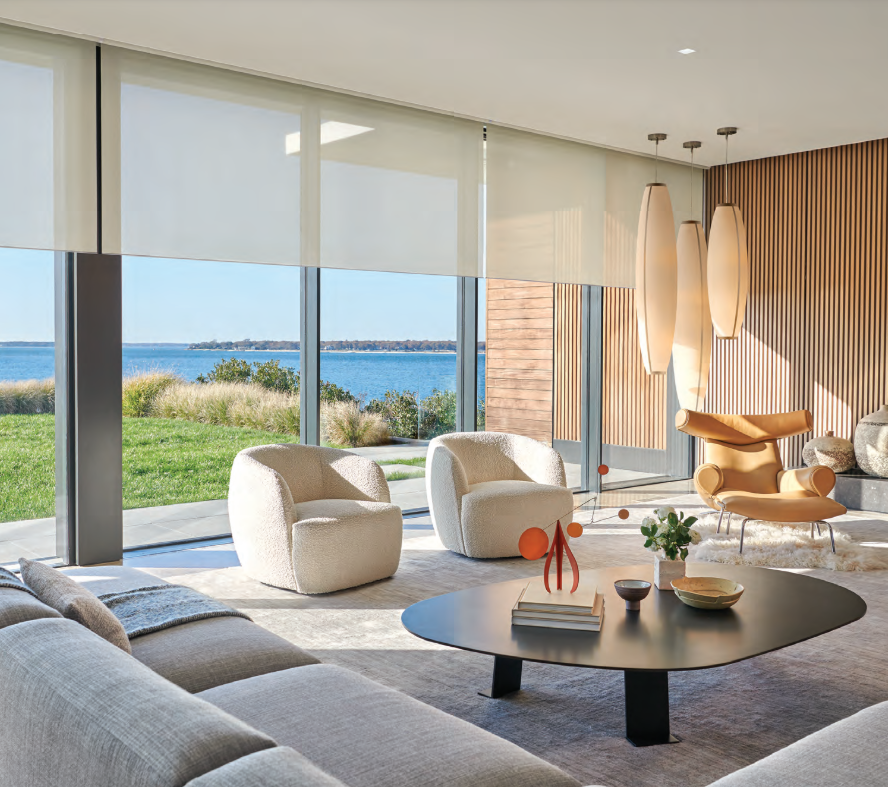
The Difference of Working With a Lighting Design Professional
Expert Knowledge and Experience
A dedicated lighting specialist has the skills and experience to create a lighting plan that looks great and works well for your space.Personalized Solutions
Lighting professionals design custom lighting setups that fit your needs, making sure every area of your home or business is well-lit and functional.Energy Savings
A lighting expert can recommend energy-efficient options that save you money on your electric bill while still providing beautiful lighting.Better Look and Feel
With the right lighting, a designer can highlight your home’s best features, from your garden to architectural details, creating the perfect atmosphere.Safety and Security
A lighting consultant ensures your walkways, driveways, and other areas are well-lit, improving safety and security for your property.Easy Integration with Smart Systems
A lighting expert can set up your lights to work with smart home systems, so you can control them remotely and adjust settings easily.Increased Property Value
Professionally designed lighting enhances the look of your space, making it more inviting and increasing the value of your property.
Amateur
Professional
Understanding Light Layering
Task lighting focuses light on specific activities, making it easier to read, cook, or work. It reduces eye strain and improves productivity. Examples include desk lamps, under-cabinet lights, or pendant lights in the kitchen.
Task
Accent lighting is used to highlight special features in a room, like artwork or architectural details. It adds style and draws attention to specific areas. This can be achieved with spotlights or wall-mounted fixtures.
Accent
Ambient lighting provides the main light for a room, creating a comfortable, overall brightness. Common sources include ceiling lights, recessed lights, or chandeliers.
Ambient
Picking your color temperature
Picking the right color temperature is important because it affects how a room feels and how well you can see. Warm light (around 2700K) makes spaces feel cozy and relaxing, perfect for living rooms and bedrooms. Cooler light (above 4000K) helps you focus and is better for work areas or kitchens. Choosing the right color temperature makes your space more comfortable and functional for what you need.
Automate Your Home’s Lighting in Annapolis, MD
Energy Efficiency/Savings
Automatic Shutoff for Empty Rooms – Motion sensors in bathrooms, hallways, and closets ensure lights turn off when no one is there, reducing wasted electricity.
Daylight Sensing for Natural Light – Smart bulbs and switches adjust brightness based on sunlight levels, so lights dim or turn off when there’s enough daylight.
Scheduling for Daily Routines – Homeowners can set lights to follow a schedule, such as turning off at bedtime or dimming during the evening, cutting electricity costs by up to 30% annually.
Convenience & Customization
Voice & App Control – Lights can be turned on or off, dimmed, or adjusted to different colors using a smartphone app or voice commands, eliminating the need for manual switches.
Pre-Set Scenes for Different Activities – A “Dinner” scene can set warm lighting in the dining room, while a “Movie Night” mode can dim all lights except for subtle accent lighting.
Vacation Mode for Peace of Mind – Lights can be programmed to turn on and off randomly while the homeowner is away, making the house look occupied and deterring potential intruders.
Security & Safety
Motion-Activated Outdoor Lighting – Lights automatically turn on in the driveway, backyard, or porch when someone approaches, increasing visibility and deterring intruders.
Pathway & Night Lighting – Small nightlights or dimmable hallway lights can turn on at low brightness when motion is detected, preventing trips and falls during nighttime bathroom trips.
Emergency Backup Lighting – Some systems ensure key lights (like stairway or exit lights) turn on automatically in case of a power outage, helping homeowners navigate safely.
Human-Centric Lighting
Have your lights change color temperature with the sun throughout the day automatically for a proper Circadian Rhythm.
The Benefits of Smart Shading
Convenience & Safety (No More Manual Adjustments)
Instead of adjusting each shade individually, homeowners can control multiple shades at once or set them to move on a schedule.
Example: In a home with large or hard-to-reach windows, motorized shades eliminate the hassle of manually adjusting each one throughout the day.
Cord-free design makes them safer for children and pets while offering a cleaner, modern look. Battery-powered and solar-charging options make installation easier, with no need for wiring.
Smart Home Integration & Automation
Motorized shades can be controlled remotely via smartphone apps, voice assistants, or home automation systems, eliminating the need to adjust each shade manually.
Example: A homeowner can program all shades to open in the morning and close at sunset, or adjust them with a single voice command like “Lower the living room shades.”
Advanced models respond to real-time conditions, such as closing automatically when sunlight overheats a room or opening to maximize natural light on cloudy days.
Energy Efficiency & Light Control
Automated shades help maintain indoor temperatures by blocking heat in summer and retaining warmth in winter, reducing HVAC costs.
Example: A home office with west-facing windows can have shades that automatically lower in the afternoon to reduce glare and cooling costs, without the homeowner needing to adjust them.
Blackout or dual-layer shades provide precise light control, making them ideal for bedrooms, nurseries, or home theaters.
Controlling Natural Light


